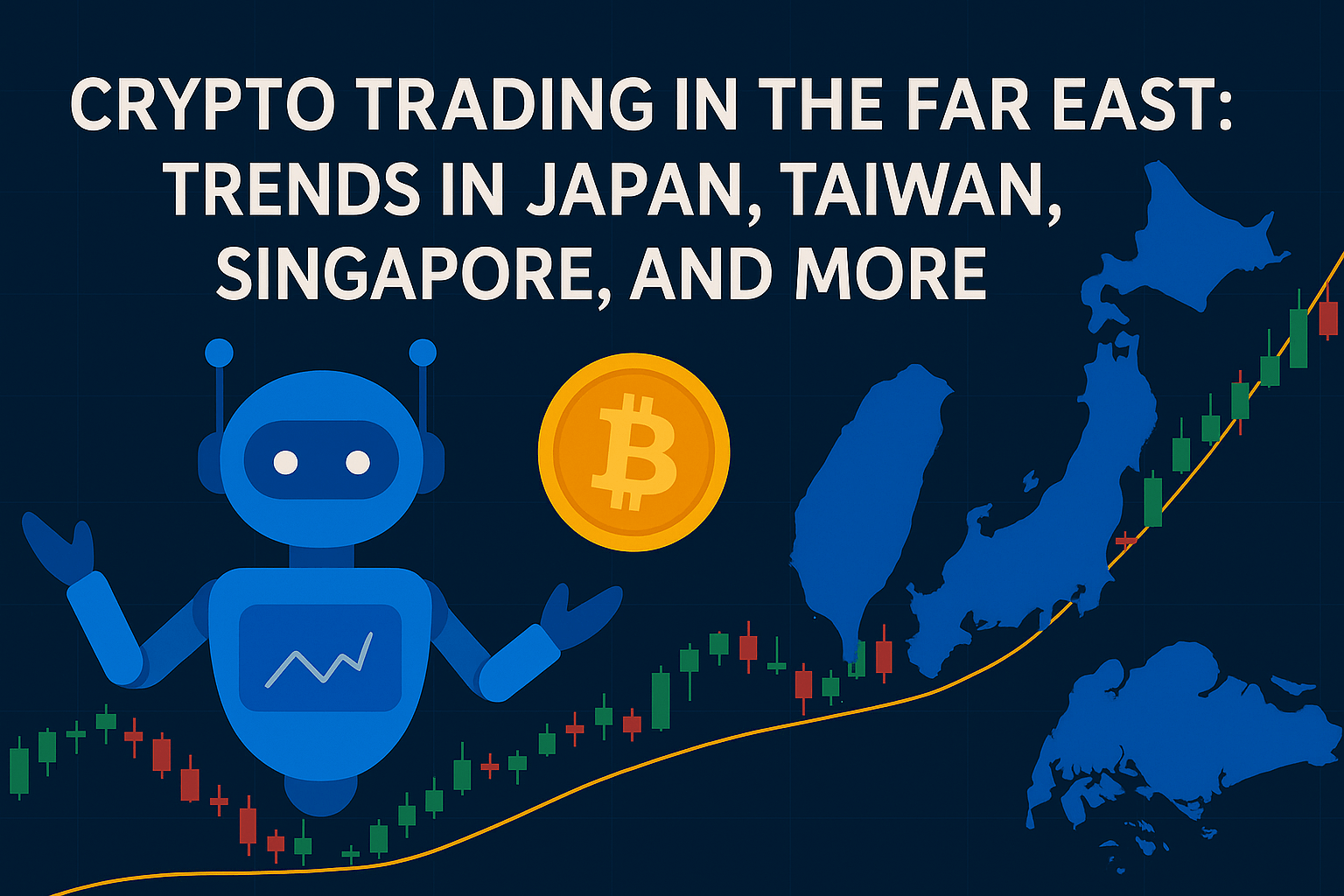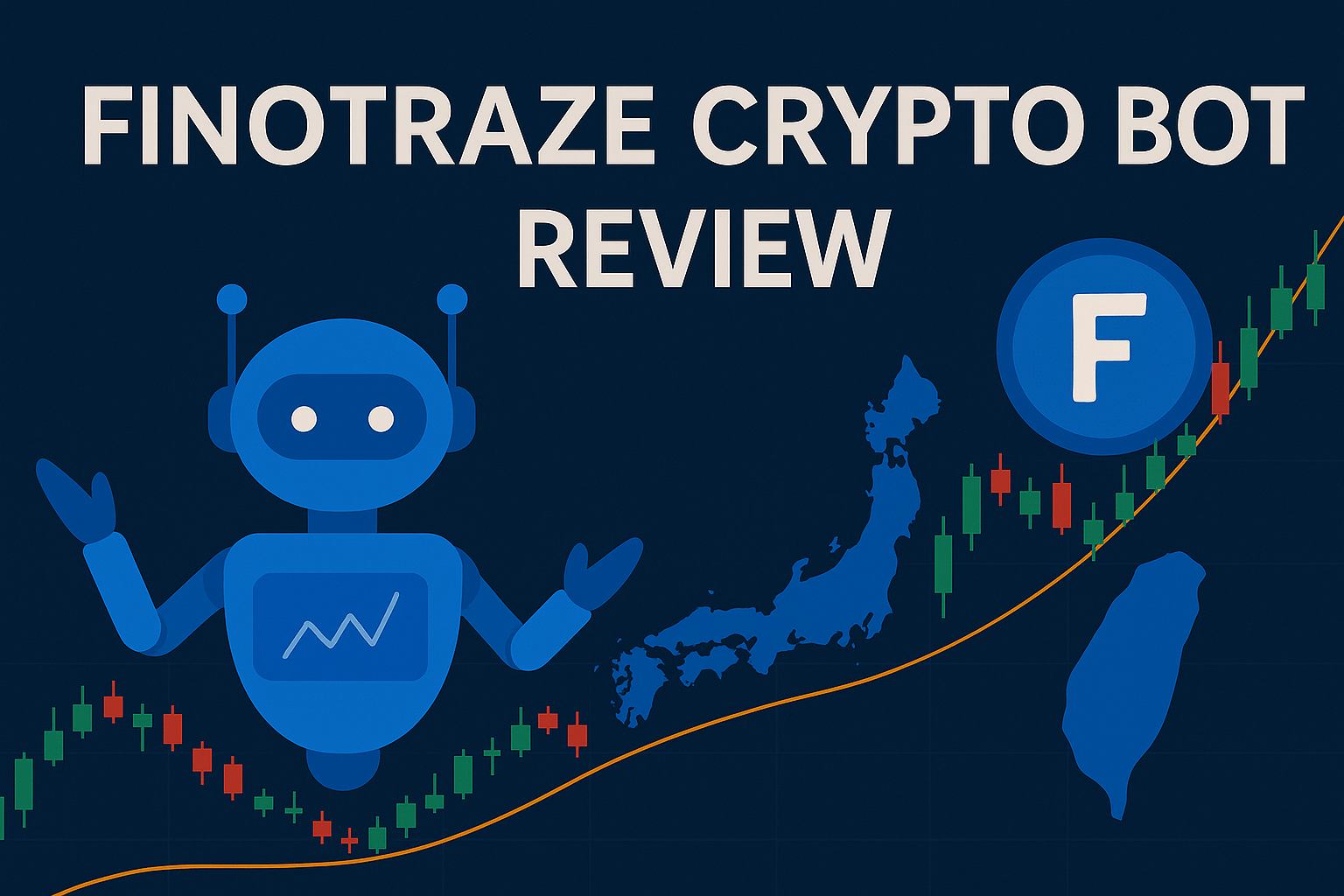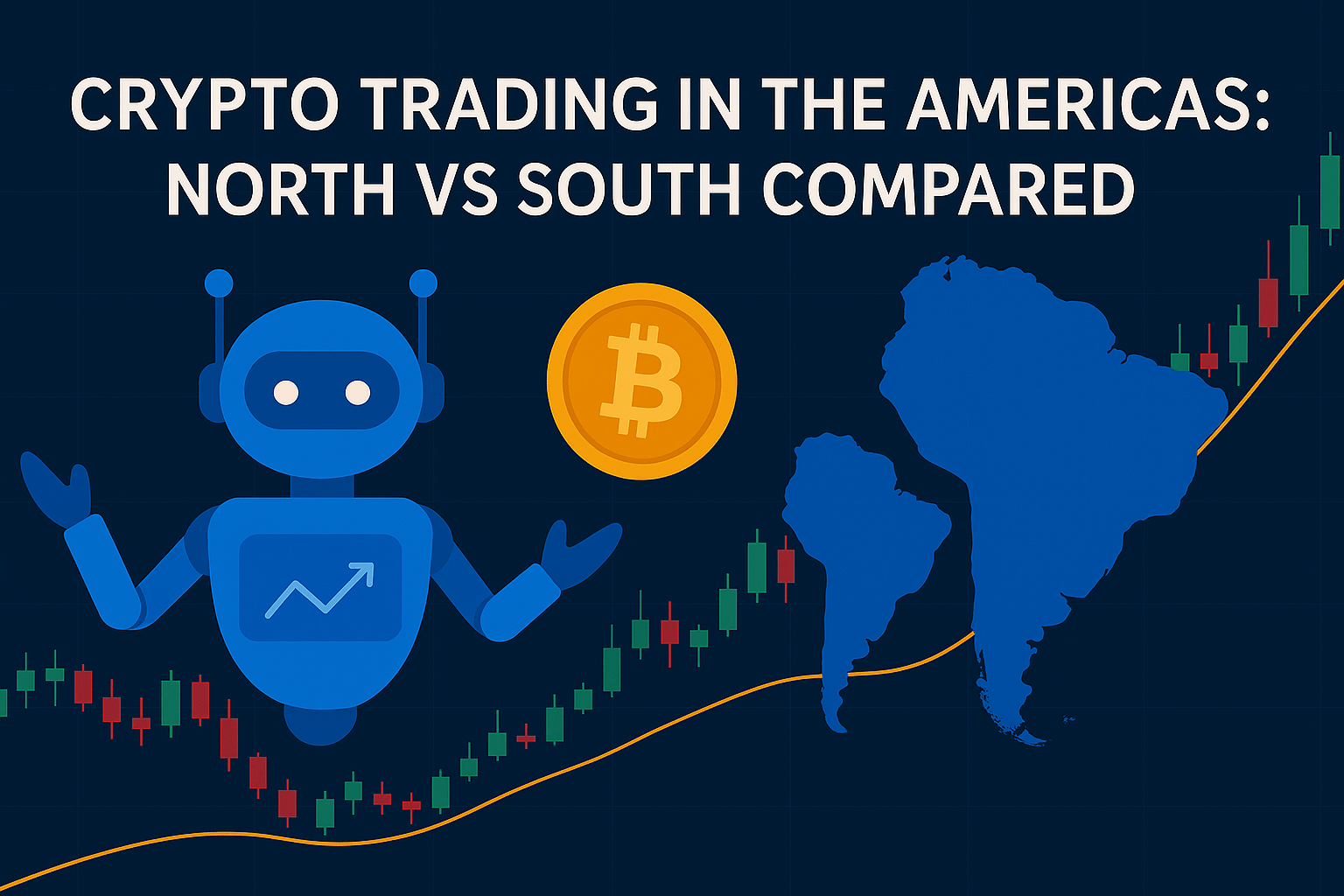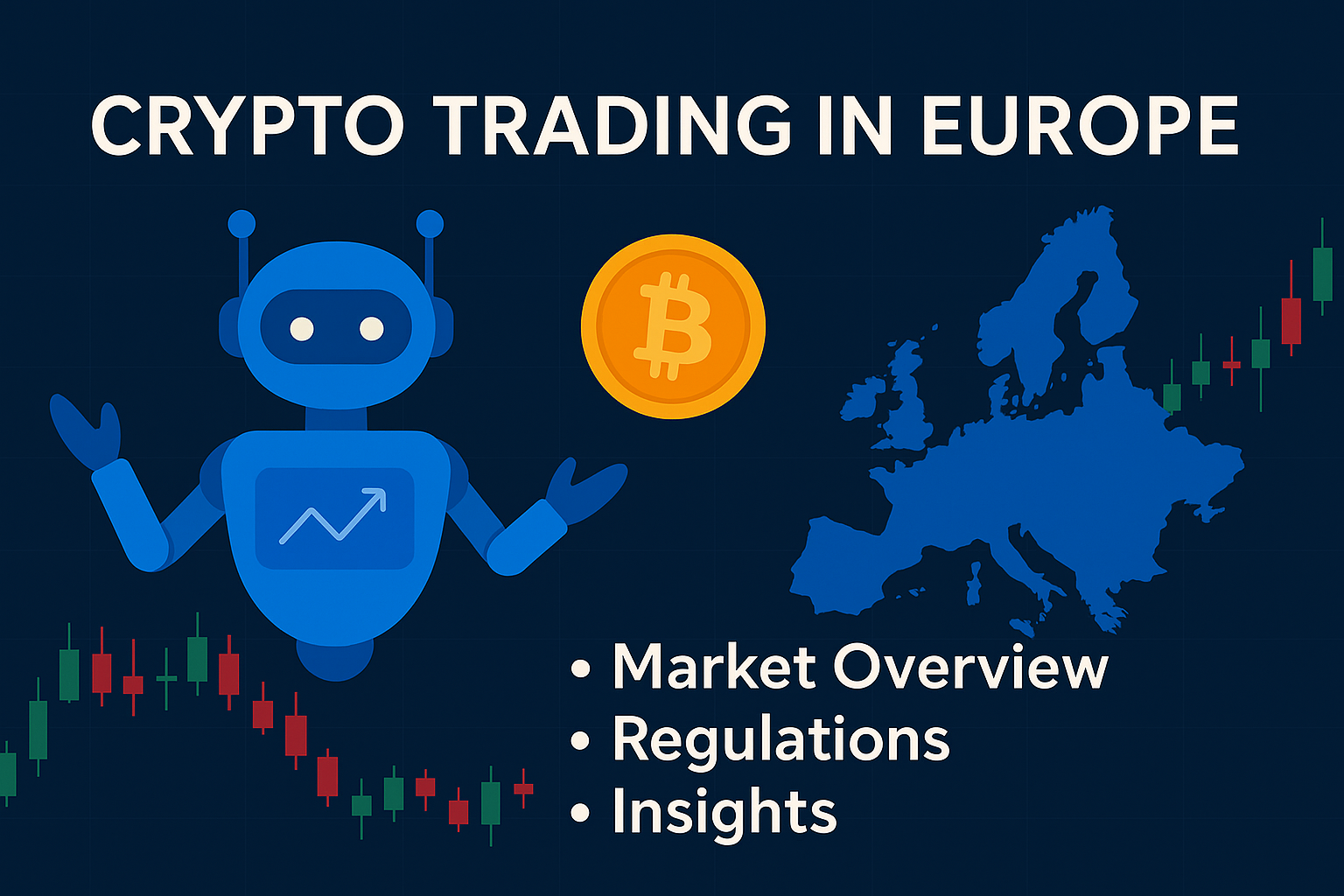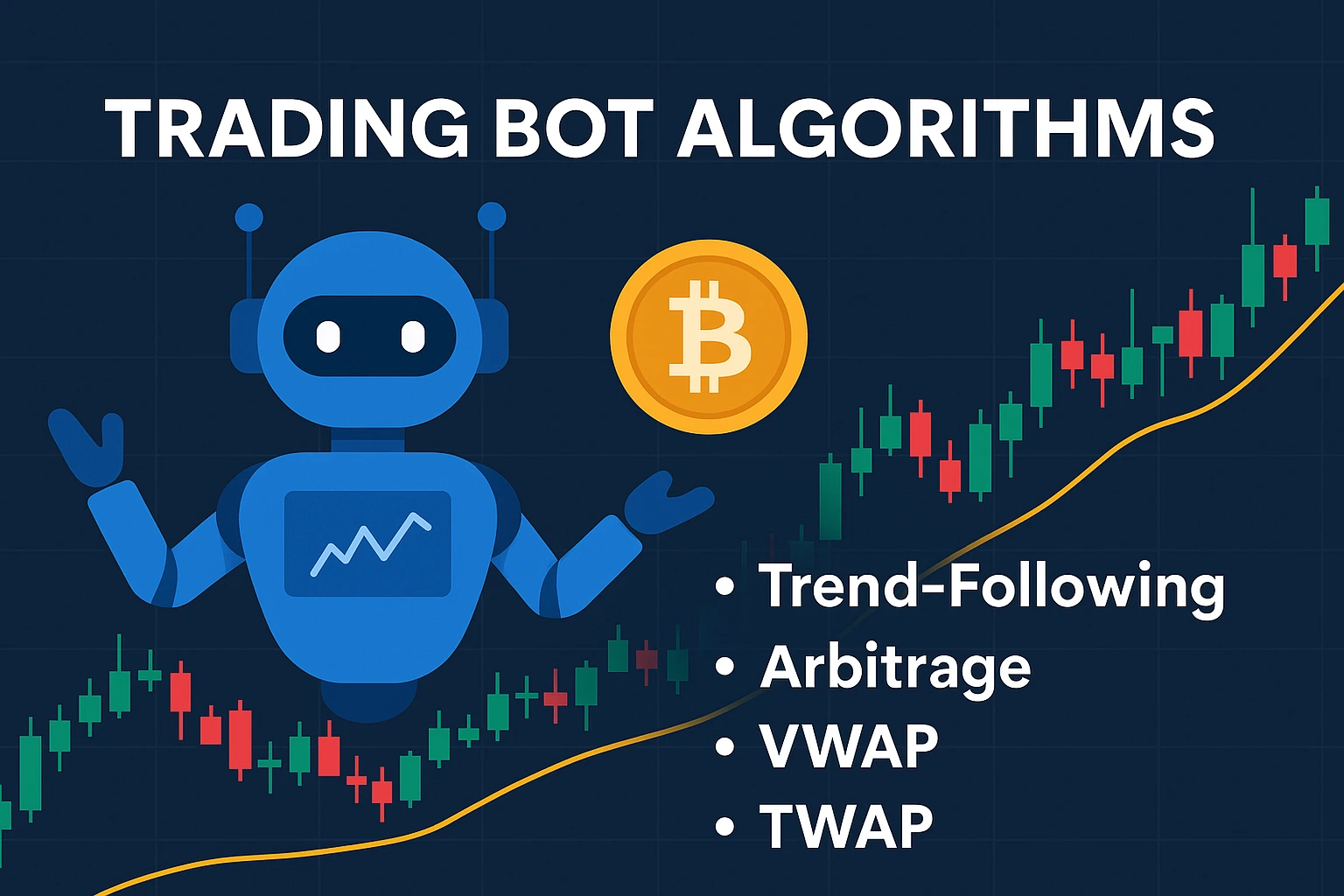The Far East—comprising advanced economies like Japan, Singapore, and Taiwan, and emerging players like the Philippines, Vietnam, and Thailand—is one of the most diverse and dynamic crypto regions in the world. While some of these nations lead in institutional crypto adoption and regulation, others thrive through grassroots trading and P2P infrastructure.
This article explores:
- Local regulations and licensing frameworks
- Dominant exchanges and trading pairs
- Retail vs institutional behavior
- The rise of CBDCs and stablecoin adoption
- Challenges such as regulatory overreach and scams
Japan – Institutional Strength and Regulatory Leadership
A Pioneer in Crypto Regulation
Japan’s crypto landscape is deeply shaped by its early encounter with Mt. Gox’s collapse in 2014, which led the government to establish one of the most stringent regulatory frameworks worldwide.
- Crypto is recognized as legal property under the Payment Services Act.
- The Financial Services Agency (FSA) strictly licenses exchanges.
- Customer funds must be kept separate from exchange capital.
This means the Japanese market is highly compliant but also restricted in innovation. Only a small list of approved coins are tradable on licensed platforms like:
- bitFlyer
- Coincheck
- Liquid by FTX Japan (now dormant due to FTX collapse)
Dominant Pairs and Trading Behavior
- BTC/JPY remains the dominant pair.
- Japanese investors prefer conservative portfolios and long-term holds.
- Institutional funds and banks like MUFG have engaged with tokenized securities and blockchain-backed assets.
Singapore – Asia’s Fintech Crypto Hub
MAS and the Dual-Licensing System
Singapore is often called the “Switzerland of Asia” due to its crypto-friendliness combined with high regulatory standards.
- The Monetary Authority of Singapore (MAS) oversees licensing.
- Two types of licenses exist: Major Payment Institution (MPI) and Digital Payment Token (DPT) licenses.
- Exchanges like Crypto.com, Luno, and Independent Reserve operate under MAS scrutiny.
“Singapore doesn’t aim to attract every crypto business—it wants the right kind, the regulated kind.”
— Ravi Menon, MAS Managing Director (2023)
Stablecoin and DeFi Penetration
Singapore has one of the most advanced DeFi ecosystems in Asia.
- High usage of USDC, USDT, and emerging SGD-backed stablecoins.
- The government has invested in blockchain pilots like Project Guardian (tokenized bonds and forex).
- Institutional players are testing cross-border payments via blockchain rails.
Taiwan – Innovation Amidst Legal Ambiguity
Taiwan’s crypto sector is vibrant but under-regulated. The government recognizes digital assets, but no specific crypto law exists yet. However, in 2023:
- The Financial Supervisory Commission (FSC) was appointed the crypto regulator.
- Exchanges must comply with AML and KYC under the Money Laundering Control Act.
- Some crypto platforms, like MaiCoin, operate under a self-regulatory model.
Market Characteristics
- Strong developer and blockchain startup ecosystem.
- Trading is mostly retail-driven via international exchanges (Binance, KuCoin).
- High participation in NFT and metaverse assets.
The Philippines – Remittances and Crypto Wallets
Crypto in the Philippines thrives due to its unbanked population and massive overseas workforce. It is one of the few nations where play-to-earn games like Axie Infinity became national phenomena.
Government Framework
- The Bangko Sentral ng Pilipinas (BSP) licenses exchanges as Virtual Asset Service Providers (VASPs).
- Coins.ph and PDAX are local leaders.
- Remittance corridors have integrated USDT as a cross-border value bridge.
Public Use Cases
- High adoption of mobile crypto wallets.
- Utility in paying bills, sending remittances, and even merchant adoption.
- Exposure to scams and pyramid schemes remains a major concern.
Others in the Region – Vietnam, Thailand, Indonesia
While not part of the “Far East” in a strict geopolitical sense, Southeast Asian markets are often grouped due to similar retail usage trends.
Key Observations
- Vietnam has one of the highest crypto adoption rates globally (Chainalysis 2023).
- Thailand’s SEC is actively regulating exchanges and banning meme coins.
- Indonesia launched its national crypto exchange in 2023.
Shared Traits and Regional Divergences
Despite the diversity of the Far East, there are identifiable patterns and strategic divergences across its countries when it comes to crypto trading and blockchain integration.
Common Characteristics
- Government Oversight:
All countries have gradually implemented KYC/AML-compliant licensing for VASPs (Virtual Asset Service Providers). - Retail-Heavy Participation:
Except for Singapore and Japan, most countries are retail-dominated markets, with peer-to-peer and mobile trading apps driving adoption. - Growing Interest in Stablecoins:
USDT, USDC, and even local stablecoins (e.g., SGD-backed tokens) are gaining significant traction. - Blockchain Beyond Crypto:
There’s rising government and enterprise interest in using blockchain for supply chains, identity, and tokenized securities.
Notable Differences
| Country | Regulatory Rigor | Exchange Access | Institutional Presence | Retail Penetration | CBDC Development |
| Japan | Very High | Local exchanges only | High | Medium | Pilot stage |
| Singapore | High | Global & local licensed | Very High | High | Active research |
| Taiwan | Moderate | International + local | Low | High | Early interest |
| Philippines | Moderate | Mostly local | Low | Very High | Testing phase |
| Vietnam | Low | International | Very Low | Extremely High | Early phase |
| Thailand | High | Licensed local + Binance | Moderate | High | Testing with Baht |
| Indonesia | High | National exchange model | Medium | High | Launched pilot |
Challenges Facing the Far East Crypto Ecosystem
While many countries are pushing ahead, challenges abound—from compliance issues to cultural risks.
Regulatory Overreach vs. Innovation
In countries like Japan and Thailand, stringent controls have led to slower innovation:
- Japanese exchanges face delisting pressure due to coin vetting delays.
- Thailand banned meme coins and NFTs on licensed exchanges (2022), stifling creativity.
On the other hand, countries with less oversight (e.g., Vietnam) face rampant scams and unlicensed operations.
“The tightrope between innovation and regulation is especially thin in Asia’s fragmented crypto market.”
— Elaine Ou, Blockchain Technologist
Exposure to Global Market Volatility
Far East traders, particularly in retail-heavy markets, are highly sensitive to Bitcoin price swings and regulatory news from the U.S. or China. Examples:
- Binance’s regulatory issues impact user behavior in Taiwan and the Philippines.
- News of U.S. inflation or rate hikes affects BTC/JPY flows in Japan.
Security and Consumer Protection
Due to the rise in fraud, phishing attacks, and P2E game collapses, countries like the Philippines are under pressure to enhance legal protections for retail investors.
Emerging Trends and the Road Ahead
Looking into 2025 and beyond, several macro-trends are expected to shape the future of crypto in the Far East.
CBDCs and State-Backed Blockchain Initiatives
- Japan’s digital yen pilot with major banks is underway, exploring settlement use.
- Singapore’s Project Orchid focuses on programmable digital SGD use cases.
- Philippines and Indonesia have launched retail CBDC testbeds for payment inclusion.
Institutional Finance and Tokenization
- Singapore is rapidly becoming a tokenized asset hub, with MAS piloting tokenized bonds and FX swaps.
- Japan has experimented with tokenizing real estate and green bonds.
- Taiwan’s fintech sandbox supports tokenized fundraising by SMEs.
AI and Automated Trading Bots
- The use of AI-powered trading bots is expanding in countries with high mobile penetration and tech-literate youth.
- Exchanges are starting to offer API access to institutional quants and retail developers.
ESG, Sustainability, and Crypto Mining
- Environmental impact debates are pushing platforms to adopt Proof-of-Stake and reduce energy consumption.
- Hydropower mining in Japan and solar-powered hubs in the Philippines are growing trends.
Summary Table – Far East Crypto Trading Snapshot
| Market | Key Strengths | Risks/Challenges | Future Outlook |
| Japan | Regulation, institutional trust | Overregulation, slow innovation | Tokenization, digital yen |
| Singapore | Institutional adoption, DeFi leadership | Selective licensing, high entry barriers | Global crypto financial hub |
| Taiwan | Tech-savvy, grassroots innovation | No clear law, vulnerable to scams | Formal crypto bill in 2025? |
| Philippines | Remittances, mobile wallet adoption | Fraud, P2E risk, consumer protection gaps | CBDC trials and wallet expansion |
| Vietnam | High crypto usage, retail-driven | No regulation, lack of oversight | Global adoption leader (retail) |
| Thailand | Clear rules, growing exchange sector | Innovation suppression via restrictions | Gradual liberalization |
| Indonesia | National exchange, regulatory clarity | Token listing friction, state overreach | Token economy & stablecoin use |
FAQ — Crypto Trading in the Far East
1. Which Far East country has the most advanced crypto regulations?
Singapore currently leads the Far East in terms of crypto regulatory maturity. The Monetary Authority of Singapore (MAS) has implemented a tiered licensing framework, balancing innovation with investor protection. Its Payment Services Act (PSA) ensures clear categorization of digital payment tokens and services, making Singapore a crypto-friendly yet well-regulated hub.
2. Why is Japan so strict about crypto exchange listings?
Following the 2014 Mt. Gox collapse and the 2018 Coincheck hack, Japan’s Financial Services Agency (FSA) adopted rigorous listing and KYC requirements. Any token to be listed on a Japanese exchange must go through pre-approval by the Japan Virtual Currency Exchange Association (JVCEA). This makes the system safe but also slows down token diversity.
3. Is crypto legal in the Philippines and Vietnam?
Yes, but with differences:
- Philippines: Crypto is legal and regulated by the Bangko Sentral ng Pilipinas (BSP). Exchanges must register and comply with AML rules. The Philippines also explores CBDC use and blockchain-based remittances.
- Vietnam: Crypto is not illegal, but it lacks a regulatory framework. Authorities tolerate usage but prohibit its use as legal tender. No tax regime currently applies, making it popular for informal trading.
4. Can retail traders in the Far East access global crypto platforms like Binance?
Access varies by country:
- Allowed with limitations: Taiwan, the Philippines, Vietnam.
- Restricted or licensed versions only: Japan (Binance Japan), Thailand (Binance Thailand).
- Licensed operations only: Singapore — Binance withdrew in 2021 due to compliance issues.
However, many users access international platforms through VPNs or use DeFi protocols, making enforcement difficult.
5. What are the most popular crypto trading pairs in the Far East?
Across most markets:
- USDT/Local Fiat (e.g., USDT/JPY, USDT/SGD, USDT/PHP) remains the dominant pair for liquidity.
- BTC/USDT and ETH/USDT are also heavily traded.
- In Japan and Singapore, BTC/Local Currency pairs (e.g., BTC/JPY) have strong volume due to fiat on-ramps.
- Game-related tokens (AXS, SLP) saw massive traction in the Philippines during the play-to-earn wave.
6. How do governments in the region feel about DeFi and Web3?
- Singapore supports DeFi innovation through sandbox projects (e.g., Project Guardian).
- Japan is cautious but allows limited experimentation.
- Philippines and Vietnam have high DeFi adoption, but governments are lagging in regulation.
- Thailand bans some DeFi practices (like staking-as-a-service) for consumer protection.
There’s a regional trend of watchful optimism combined with regulatory tightening.
7. Will CBDCs replace stablecoins in the region?
Unlikely in the short term. While several central banks are exploring or piloting CBDCs:
- CBDCs like Japan’s digital yen or Singapore’s Orchid SGD are not yet ready for mass deployment.
- Stablecoins like USDT and USDC still dominate for speed, interoperability, and existing DeFi use.
CBDCs may eventually coexist with stablecoins, especially for cross-border settlements and B2G use cases.
8. How risky is crypto trading in the Far East for beginners?
Risk levels vary:
- High protection in Japan and Singapore due to licensing and insurance schemes.
- Moderate risk in Thailand and Indonesia.
- High risk in Vietnam and the Philippines, where scams, rug pulls, and hacking are more prevalent due to lax enforcement.
Traders should always use licensed exchanges, enable two-factor authentication, and avoid unverified P2P platforms.
9. Are AI bots and algorithmic trading common in the Far East?
Yes, particularly in Singapore, Japan, and Taiwan, where access to API trading and institutional infrastructure exists. Retail usage is also rising in countries like the Philippines, often via mobile-based bot apps.
Many Far East traders are using AI-driven DCA bots or trend-following algorithms to trade volatile pairs like BTC/USDT or meme coins with minimal manual effort.
10. What’s the outlook for crypto regulation in Asia-Pacific by 2026?
Experts expect:
- Standardized regional frameworks, especially under ASEAN cooperation.
- Greater focus on consumer protection and stablecoin regulation.
- Expansion of state-approved crypto projects and CBDC pilots.
- Selective liberalization of DeFi and NFTs, under sandbox or pilot licenses.
In short, more structure, but not a clampdown — regulation will likely stabilize and mature alongside adoption.
Conclusion
Crypto trading in the Far East is a complex mosaic—a blend of cutting-edge innovation, intense regulatory oversight, and hyperactive retail markets. From Japan’s regulated institutional focus to the Philippines’ mobile-driven P2P growth, the region offers a preview of the future of global crypto.
As CBDCs enter the pilot phase, and DeFi continues to gain steam, Far Eastern nations will remain at the forefront of crypto evolution — setting both the tone and the limits of what decentralized finance can achieve in regulated settings.

